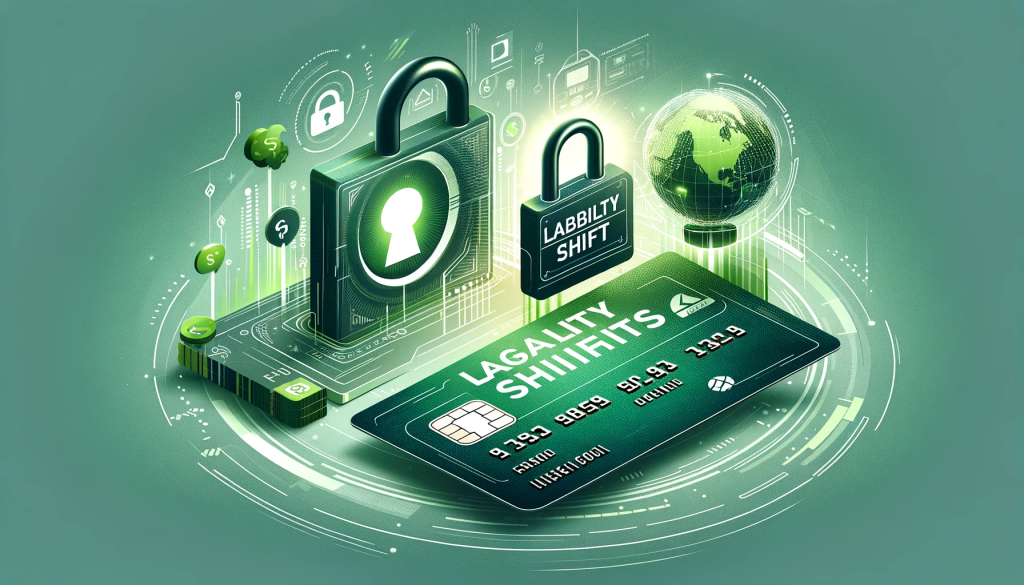Successful Liability Shift For Enrolled Card Is Required: A Comprehensive Guide
The concept of liability shift in payment processing represents a significant evolution in the digital transaction landscape. It determines who bears the responsibility for fraudulent transactions. Traditionally, this responsibility fell on merchants or card issuers. However, with the introduction of enrolled cards under security programs like 3D Secure, this paradigm has shifted dramatically. Understanding this shift is crucial in today’s digital economy where online transactions are ubiquitous.
The Concept of 3D Secure and Its Importance
3D Secure represents a cornerstone in online transaction security. This protocol, developed to enhance security in card-not-present transactions, introduces an additional authentication step for online purchases. It’s vital for both merchants and cardholders because it directly influences the liability in the event of a fraudulent transaction. By complying with 3D Secure protocols, merchants can shift the liability of fraud to either the card issuer or the cardholder, depending on the circumstances.

Understanding the “Successful Liability Shift for Enrolled Card is Required” Message
In the context of online or point-of-sale transactions, encountering the message “Successful Liability Shift for Enrolled Card is Required” indicates a specific procedural requirement. This message signifies that for the transaction to be deemed secure, the enrolled card must pass through the necessary security protocols, successfully shifting the liability away from the merchant. This scenario is common in systems that use 3D Secure technology. The message’s appearance can have different implications for the merchant and the cardholder, usually dependent on the transaction’s authentication outcome.
Liability Shift Dynamics: From Issuer to Cardholder
The dynamics of liability shift are particularly intriguing. In the pre-3D Secure era, card issuers often shouldered the responsibility for fraudulent transactions. However, the advent of enrolled card programs like 3D Secure has seen this liability potentially shift towards the cardholder. This shift happens under certain conditions, such as when a cardholder fails to authenticate themselves adequately during a transaction. This development underscores the importance of cardholders being aware of and using the security features of their cards correctly.
Merchant Responsibilities and the Liability Shift
While 3D Secure protocols significantly reduce the likelihood of merchants bearing the brunt of fraudulent transactions, they are not entirely absolved of responsibility. Merchants must implement these security protocols correctly and comply with the standards set by payment networks. Failure to do so can result in the liability shifting back to them. Additionally, merchants must stay updated with the latest security measures and ensure their payment processing systems adhere to industry best practices.
Case Studies: Real-World Examples of Liability Shift
Several real-world case studies highlight the practical applications and consequences of liability shift. Examples include instances where merchants faced significant chargebacks due to non-compliance with 3D Secure protocols, or situations where cardholders were held liable for fraudulent transactions due to negligence in using security features. These case studies serve as valuable lessons in the importance of adhering to security protocols in the digital payment space.

Best Practices for Merchants and Cardholders
For merchants, the best practices involve strict adherence to security protocols like 3D Secure, regular updates to their transaction processing systems, and thorough training for staff handling transactions. For cardholders, understanding and properly utilizing the security features of their enrolled cards is essential. This includes being vigilant about sharing card information and consistently monitoring transaction activities for any signs of unauthorized use.
As the payment processing landscape continues to evolve with technological advancements, the concept of liability shift will also undergo transformations. Developments in areas like contactless payments, biometric authentication, and AI in fraud detection are set to redefine the dynamics of liability in payment security. These changes will impact merchants and consumers alike, highlighting the importance of staying informed and adaptable in a rapidly changing digital transaction environment.
